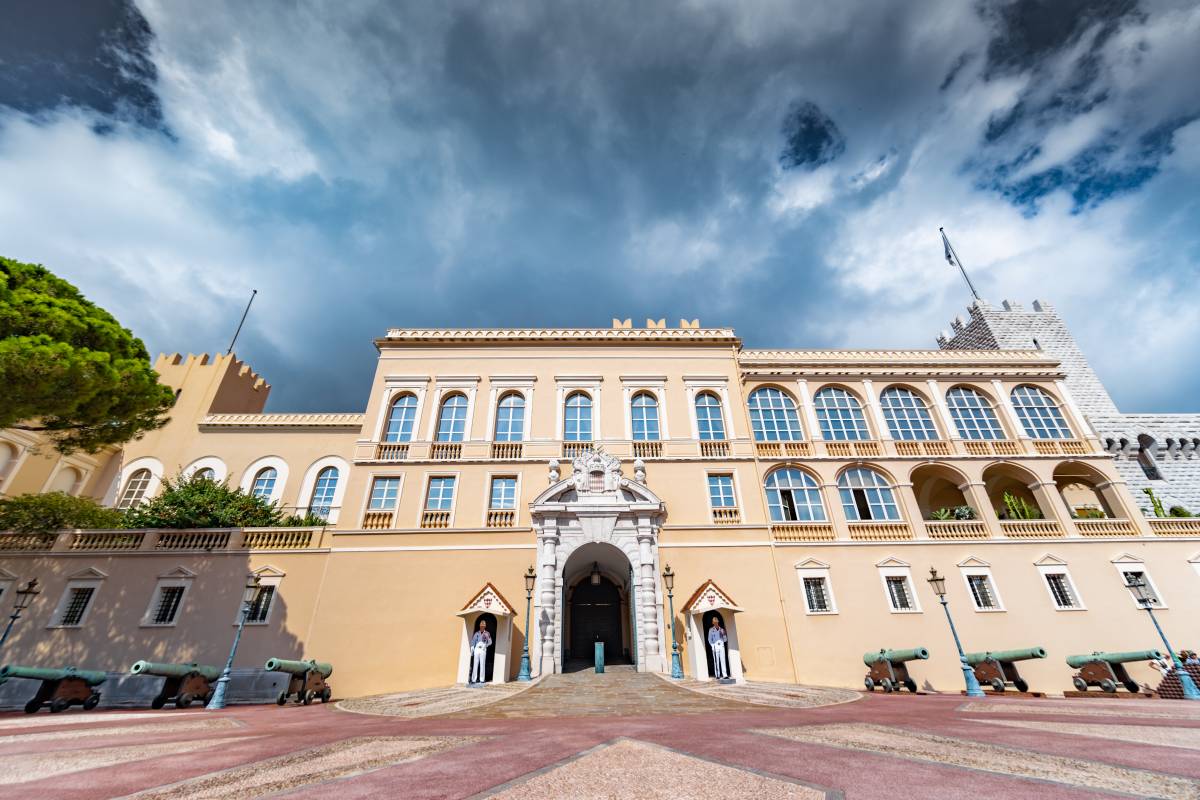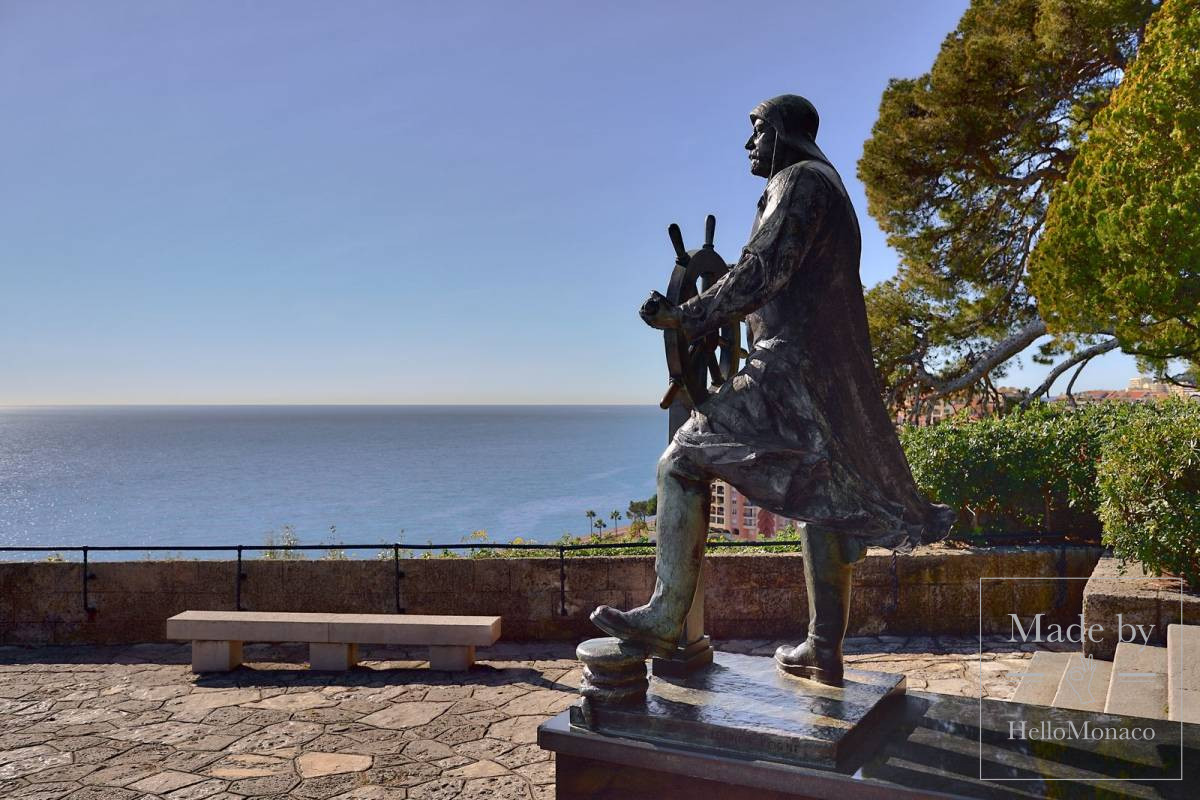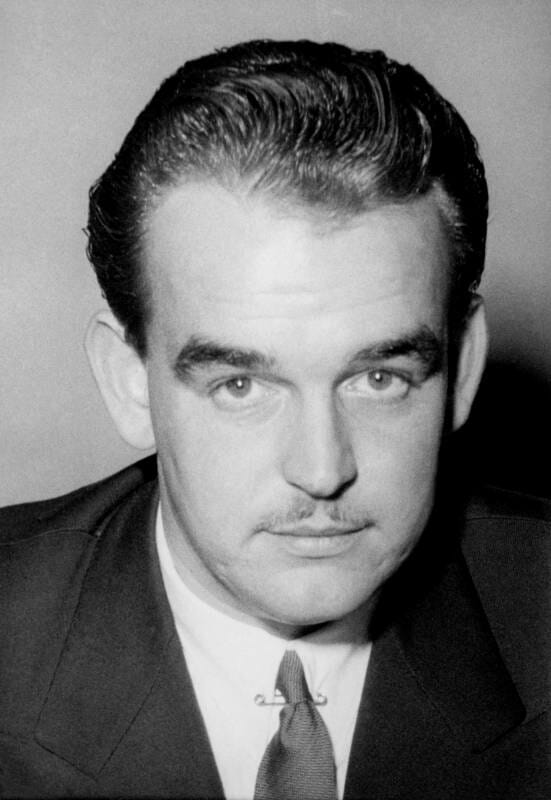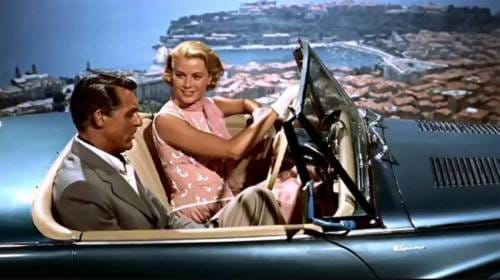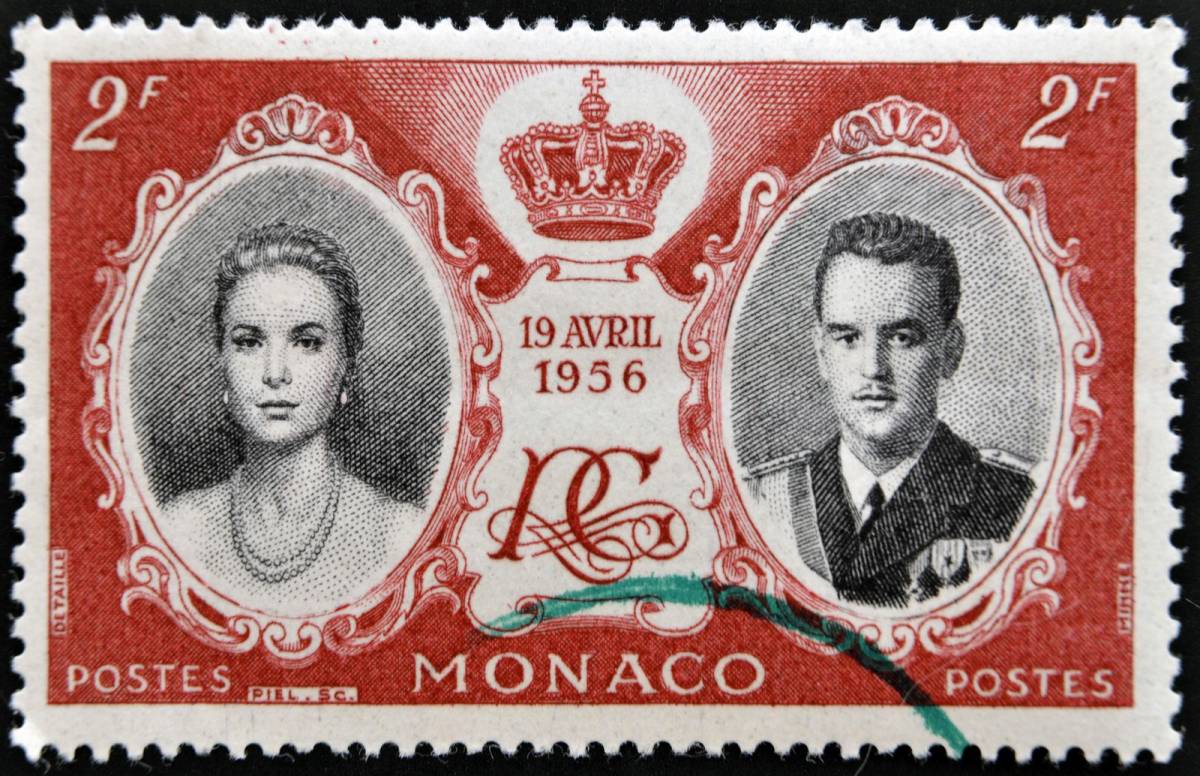One hundred years after the passing of Prince Albert I, the Principality has bloomed almost unrecognizably. Historically, each Prince made their contribution since the Grimaldi dynasty started in 1297 when Francesco Grimaldi seized the castle on the Rock with his cousin Rainier I disguised as Franciscan friars. That was the “Big Bang” commemorated on the Coat of Arms of the Grimaldis. There are continual evolutionary landmarks, pillars on which the future flourishing of Monaco has since been built. The reign of Prince Albert I is one of those evolutionary landmarks.
One of those recognizable modern era pillars was without doubt put into place by Albert I’s father Charles III in the nineteenth century with the alliance with the enterprising Blancs and the creation of a flourishing Casino and Société des Bains de Mer of which 10 year old Hereditary Prince Albert laid the founding stone.
In a dynasty lasting over 700 years, there are pillars continually being put in place and the reign of Prince Albert I is one of the more important ones. It took the shoulders of a giant, an admired scientist and humanist to transform the destiny of the Principality from that point in the 19th century when Prince Albert I ascended the throne to Monaco’s position today as a thriving pearl in the global community of nations led by his great-great-grandson Prince Albert II.
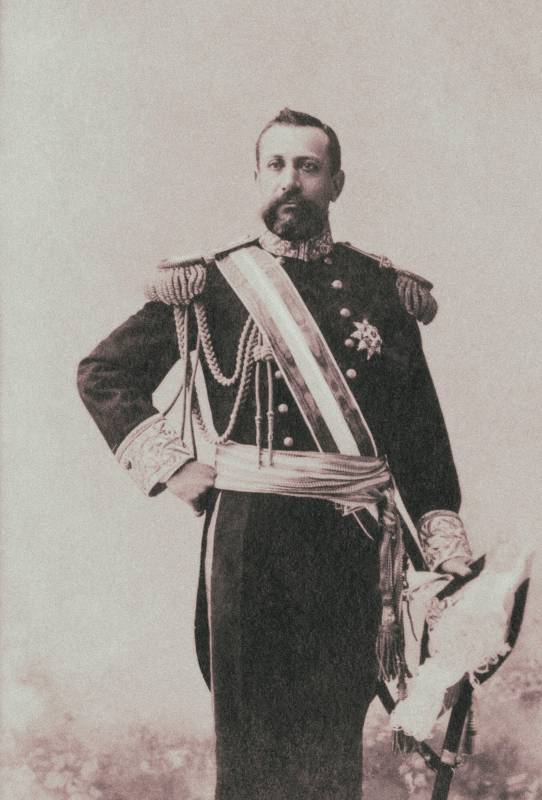
Albert I Great Scholar, Scientist and Mariner
We all know of Albert I, the Great Scholar and Scientist, the Great Explorer and Mariner. Read again about his ground-breaking voyages and danger-filled polar explorations on board his four research ships — “Swallow”, “Princess Alice”, “Princess Alice II” and “Swallow II” in the biography on the specifically dedicated website: https://princealbert1.mc/. Albert led with science and was traditionally accompanied by a team of scientists: biologists, zoologists, botanists, geographers, and others. All his discoveries were recognised by the world scientific community. In 1909 Prince Albert I was elected member of the British Academy of Sciences and in 1921 he received an honorary gold medal from the American Geographical Society where he was referred to as “Prince Scientist.”
Albert I the Statesman
Quite apart from his distinction as a scientist and great maritime explorer he also unselfishly dedicated himself to bettering both the Principality and the World as a Statesman, engagements that make him a great global figure and contributor in a much deeper and broader sense. His vision was so profound that much of today’s global debate sprouted from his scientific initiatives and profound sense of ethics. And what was so important is that he institutionalized them to make Monaco a global catalyst in solving the great issues that face mankind for universal well-being, peace and the future of the planet.
All the following institutions, many of them scientific or ethical owe themselves to his dedication: Oceanographic Institute with its own two main institutions, the Oceanographic Museum of Monaco and Institute of Oceanography in Paris (now the Maison des Océans — House of the Oceans); International Hydrographic Organization; International Institute for Peace; Monaco’s Constitution itself: Constitutional Monarchy; Institute of Human Palaeontology in Paris; Museum of Prehistoric Anthropology; The Monaco Scientific Centre; Multimedia Library of Monaco; The Princely Foundations Preserving the Oceans and Planet for the Future. Those Institutions have given Monaco and the International order a historical leap forward but there are also some stepping stones that may surprise you that were the doings of Prince Albert I and we mustn’t let them always be outshone by his considerable contributions to science and oceanography.
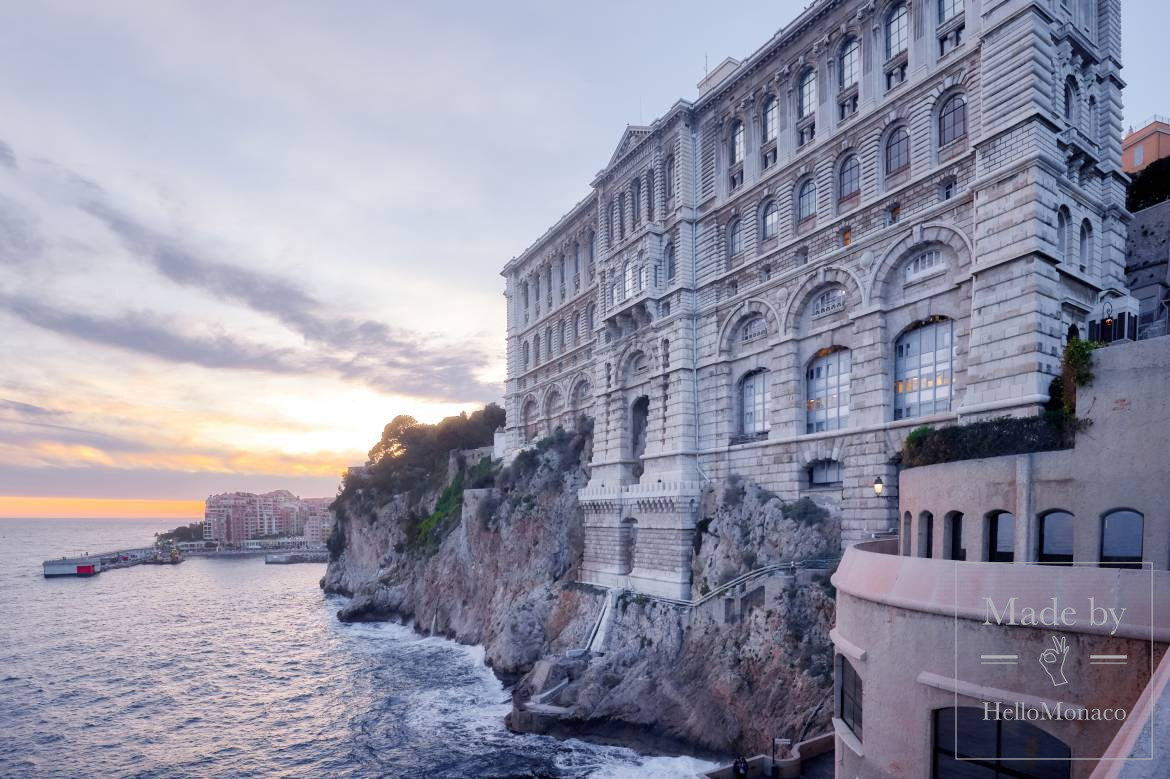
Albert I А Man of Ethics and Courageous Peacemaker
The Dreyfus Affair
Did you know that Prince Albert I was the only Head of State at the time who spoke out publicly in favour of Dreyfus? This was courageous given Monaco’s relationship with France whose hierarchy were lined up against Dreyfus. His ethical stance on the Dreyfus affair can be gleaned from his letter in response to Zola’s “I Accuse!” (“J’Accuse”) was the historically famous open letter published on 13 January 1898 in the newspaper L’Aurore by Émile Zola in response to the Dreyfus affair. Zola addressed President of France Félix Faure and accused his government of antisemitism and the unlawful jailing of Alfred Dreyfus, a French Army General Staff officer who was sentenced to lifelong penal servitude for espionage. Zola pointed out judicial errors and lack of serious evidence. The letter was printed on the front page of the newspaper and caused a stir in France and abroad.
In response to Zola’s “J’Accuse” letter, Prince Albert I wrote to the author: “Your statement contains the most wonderful sentiments that a soul could express. It honours humanity, it adds a ray of light to the glory of France. For all those who admire independence and sincerity in patriotism, you have risen higher than the renown of your talent.”
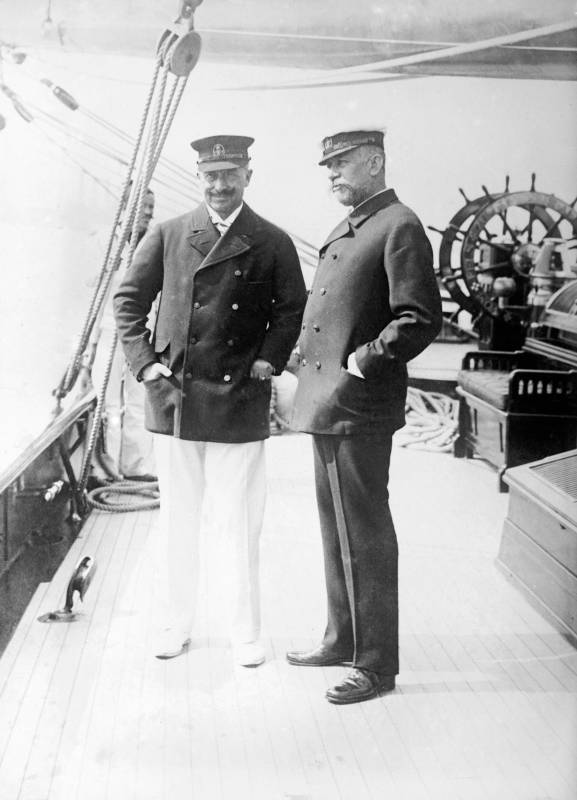
Peace among Nations
In the tension-filled times leading up to World War I, Prince Albert made numerous attempts to dissuade Germany’s Kaiser Wilhelm II from war. When war came, Prince Albert could not avoid becoming involved. In one incident, he even wrote personally to the Kaiser in an effort to ameliorate the consequences of General Karl von Bülow’s wrath. Without the Prince’s intervention, the French villages of Sissonne and Marchais would have been destroyed. In the “Great War to End All Wars,” Monaco declared its neutrality, but in fact, provided the Allied forces with hospitals, convalescent centres, and soldiers, including Prince Albert’s only son, Louis.
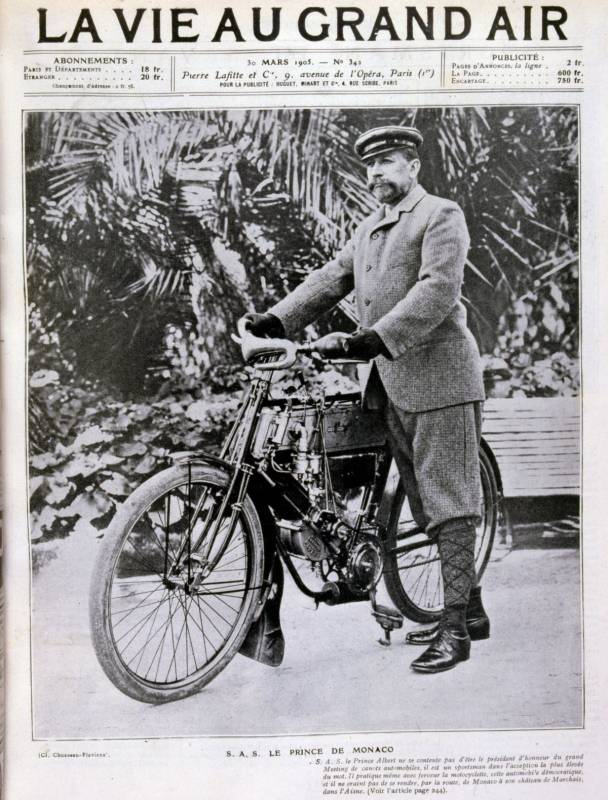
A Force Behind Emancipation of Women in Sport
Pierre de Coubertin, founder of the modern Olympic Games was, as is well known, an opponent of women’s participation as athletes at the Games. And when the first post-war event was staged at Antwerp in 1920, women competed in the same number of sports as at the last pre-war Olympics in Stockholm in 1912; that is to say just two — tennis (with the great Suzanne Lenglen) and aquatics.
Prince Albert I lent his weight to the women’s sports movement. The following year 1921 after the Antwerp Olympics, an event was held in Monte-Carlo that brought together over a hundred women athletes from five countries. Similar meetings took place in the Principality in 1922 and 1923.
The 1921 programme incorporated an extensive series of athletics events and a basketball tournament, won by the British team. The women’s sport movement was gathering pace.
While a second women’s sports meeting was taking place in Monaco, an announcement was made by the French Alice Milliat that the first Women’s Olympic Games would be held on 20 August 1922 at Stade Pershing in Paris.
On 31 October 1921 in Paris the Fédération Sportive Féminine Internationale (FSFI) was established. Business on that trailblazing day included registration of the first women’s world records. Milliat herself declared “the first Women’s Olympics in the world” open. A string of those newly-registered world records was shattered. It took time for these pioneering attempts at gender equality to be blessed by the International Olympic Committee. But by the end of the Second World War the fight to take Women’s sports into the future had made strides.
At the London 1948 Olympics — the Games of Fanny Blankers-Koen — the women’s athletics programme was indeed expanded to nine events, though with no individual running race longer than 200 metres. The battles fought by Alice Milliat and her colleagues had ended up by creating the platform for the future.
Never let it be forgotten that Prince Albert I of Monaco acted as the catalyst, with Monte-Carlo the early venue that catapulted Women’s sport and gender equality forward.
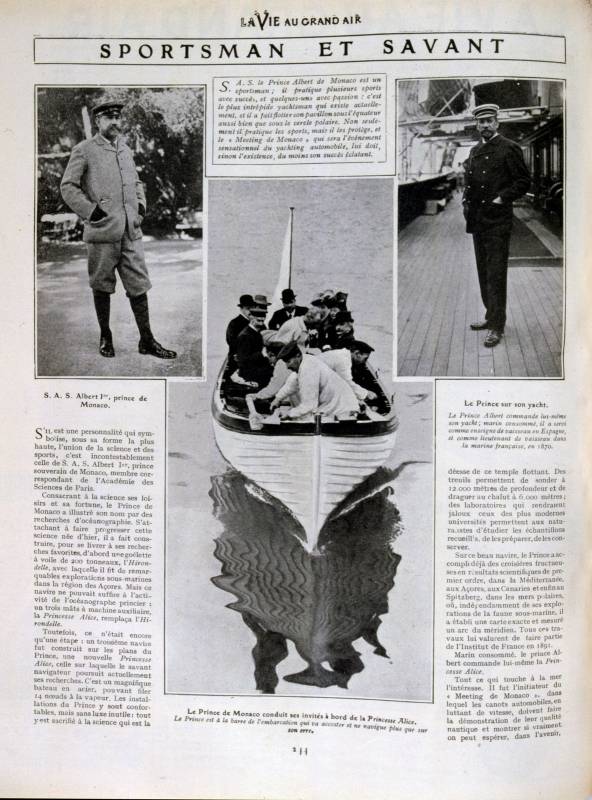
Motor Racing and Monte-Carlo
The Scholar Prince could also merit the title The Rally Prince. Did you know that the launch of the first tourist rally, known as the “Rallye Automobile”, organised by the Sport Automobile et Vélocipédique society, chaired by M. A. Noghès was supported by Prince Albert I? And it was the Noghès racing family, and Louis Chiron, that later were driving forces behind the Monaco Grand Prix — the first being run in 1929 with the blessing of Prince Albert I’s son Louis.
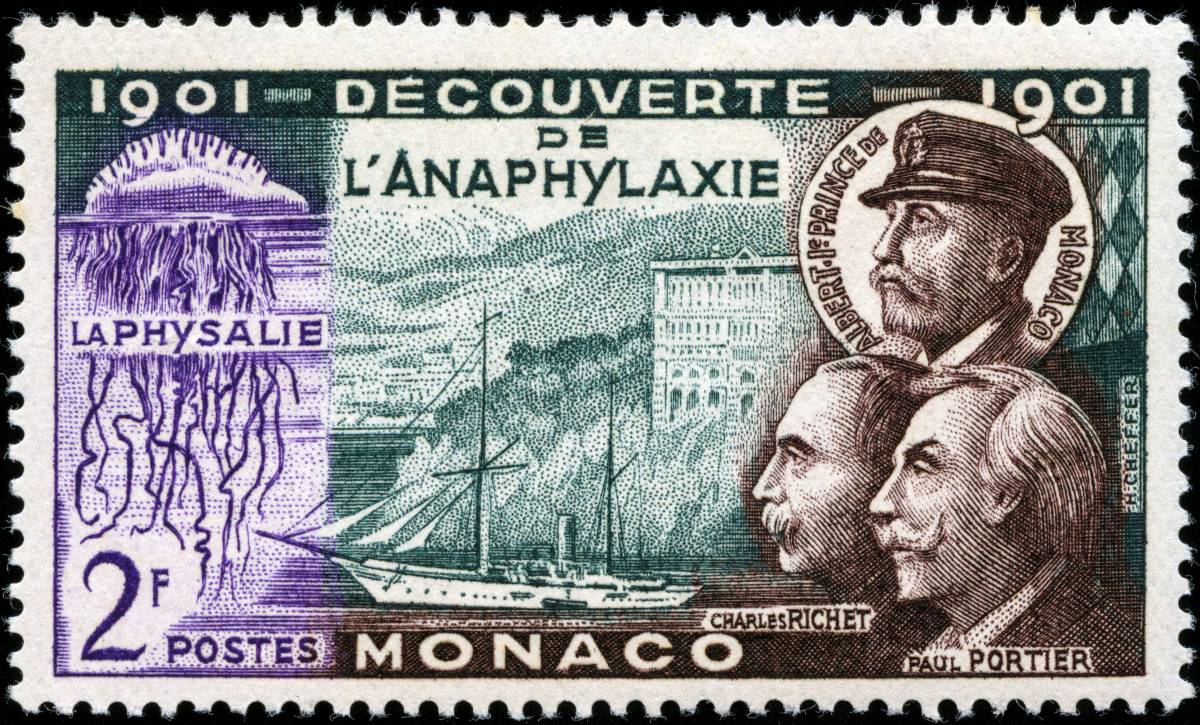
Culture Thrived Under Prince Albert I
A great cultural wave flowed from the energy of Albert I’s wife Princess Alice. The partnership of Princess Alice with Prince Albert I in the cultural field led to Monaco again reasserting itself as a great cultural centre. After Albert ascended the throne of Monaco in 1889 on the death of his father, that same year in Paris, on 30 October, he married the Dowager Duchess de Richelieu, née Marie Alice Heine. The American daughter of a New Orleans building contractor of German-Jewish descent, Alice Heine had married the Duc de Richelieu but had been widowed by age 21 and left with a young son, Armand. Her marriage to Prince Albert proved an equal blessing for him and the tiny principality of Monaco, since Alice brought a strong business acumen, well in advance of her youth. She would devote much of her energy to making Monaco one of Europe’s great cultural centres with an opera, theatre and a ballet under the direction of the famed Russian impresario Serge Diaghilev.
The Prince of Monaco was a close friend of two famous composers of his era — Jules Massenet and Camille Saint-Saëns. His friendship with Saint-Saëns began in 1891 at the meetings of the Institute of France; they used to call each other “my dear colleague.” Prince Albert demonstrated his enthusiasm and support for the arts writing this phrase to his friend Saint-Saëns: “Science and art are the two forces which have determined the evolution of mankind”.
Since 1904, the most famous operas by Saint-Saens: ‘Samson and Delilah’, ‘The Barbarians’, ‘Henry VIII’, ‘Helene’, and ‘Deianira’, were successively staged at the Monte-Carlo Opera. At the request of the Prince, Camille Saint-Saëns wrote a special musical piece for the inauguration of the Oceanographic Museum in 1910.
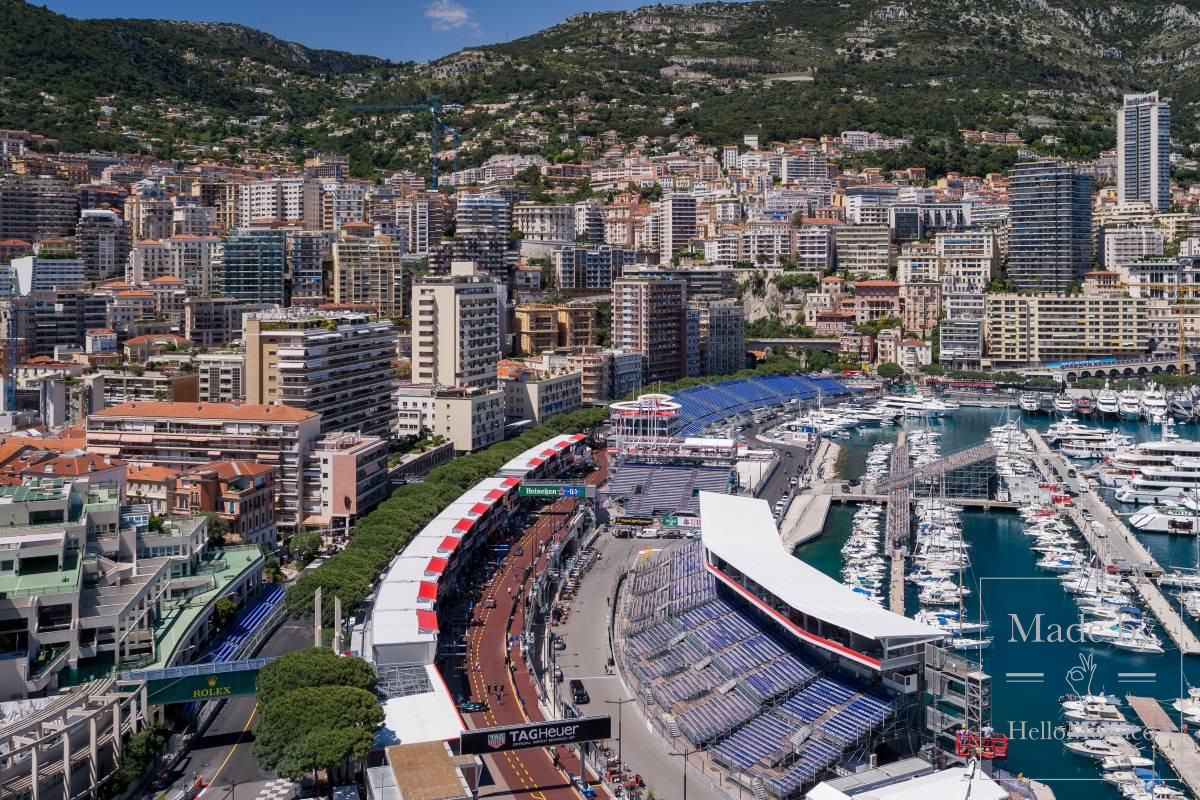
On the Shoulders of Giants
So what can we conclude about this extraordinary Prince? He would be as relevant today as he was well over a century ago. When you look at the challenges facing the world today: the tension spots and war zones in the world, the health threats dominated currently by Covid and above all the future of the oceans and the planet — because all life depends on our oceans, Prince Albert I gave us insight and the foundation to tackle these huge challenges, including sustainability. He is as relevant, and possibly more so than he was in his own era. Who is his equal as a man of peace today this Prince who created the Institute for Peace prior to the League of Nations and the United Nations.
Never have we had more need of an ethical peacemaker. Never have we had more need of great scientists like Prince Albert I.
For the Princes that followed Prince Albert I in the 20th and 21st centuries, leveraging a famous phrase — if they have seen further it is by standing on the shoulders of a Giant — Prince Albert I.

